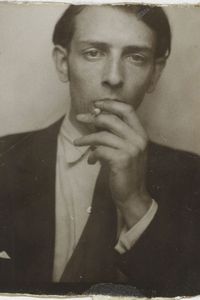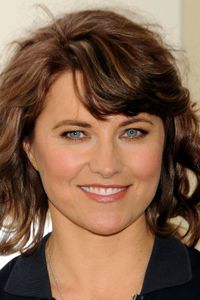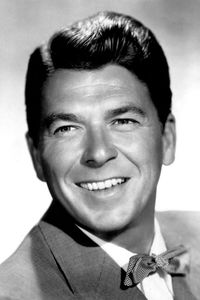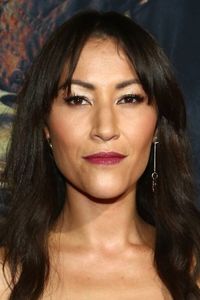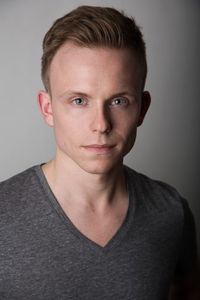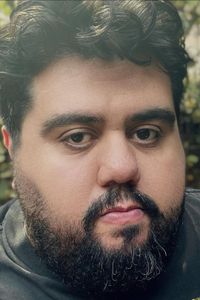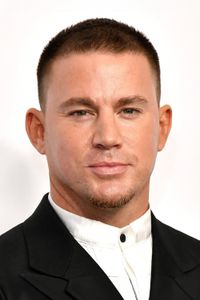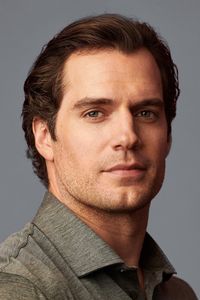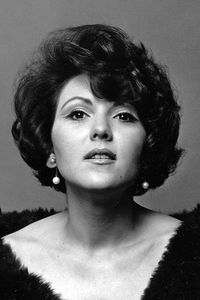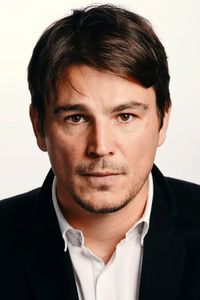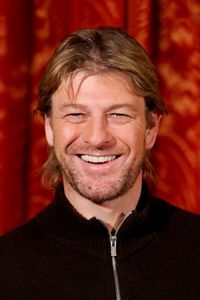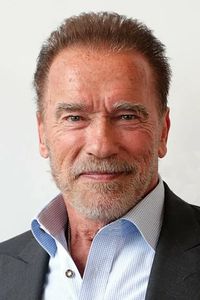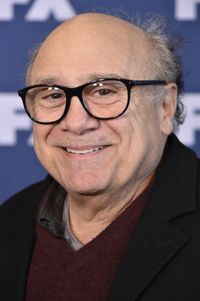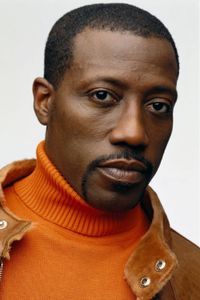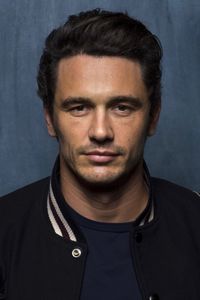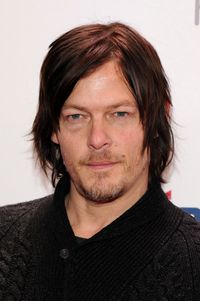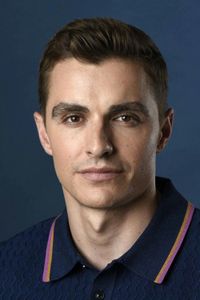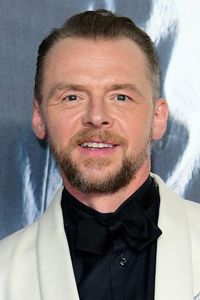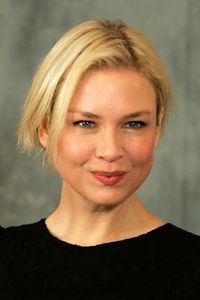Jacques-André Boiffard, professionally known as J.A. Boiffard, embarked on a diverse and dynamic odyssey that spanned the realms of both medicine and art, commencing with his academic pursuits in the esteemed halls of Parisian medical school, where he laid the groundwork for a future replete with creative expression.
It was the year 1924 that marked the start of a pivotal chapter in the life of the aspiring photographer, Boiffard, as he embarked on an apprenticeship under the guidance of the illustrious Man Ray. During this formative period, Boiffard dedicated himself to mastering the intricacies of photography, simultaneously applying his skills to the creation of innovative short films as an operator for Man Ray.
As the years went by, the artistic path of Boiffard underwent a profound metamorphosis, gradually diverging from the avant-garde trajectory of the Breton movement, as he embarked on a solo journey, beset by the challenges of making a lasting impression. This era of artistic flux was characterized by an overwhelming sense of disillusionment and frustration, as Boiffard grappled to discover his niche within the ever-evolving landscape of the art world.
The sudden and unforeseen loss of his father marked a pivotal moment in the life of Boiffard, precipitating a profound transformation in his trajectory. In the aftermath of this devastating event, he redirected his focus, merging his hitherto disparate skills as a photographer with his burgeoning medical knowledge to pursue a career in radiology.
This singular fusion of artistic and scientific aptitudes would prove to be a defining characteristic of his professional endeavors, spanning an impressive twenty-year period from 1940 to 1959, during which time he would apply his unique blend of expertise to yield groundbreaking results.
Boiffard's life was tragically abbreviated when he succumbed to mortality at the relatively young age of 58, leaving in his wake a complex and captivating legacy that defied easy categorization.
